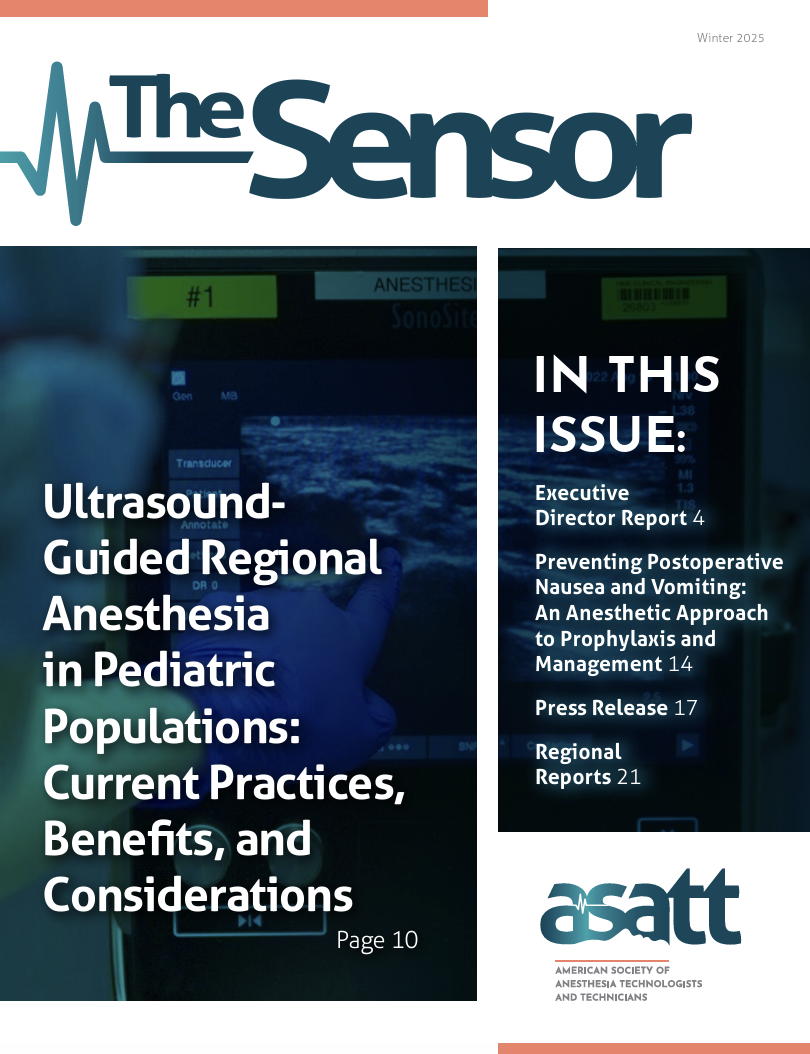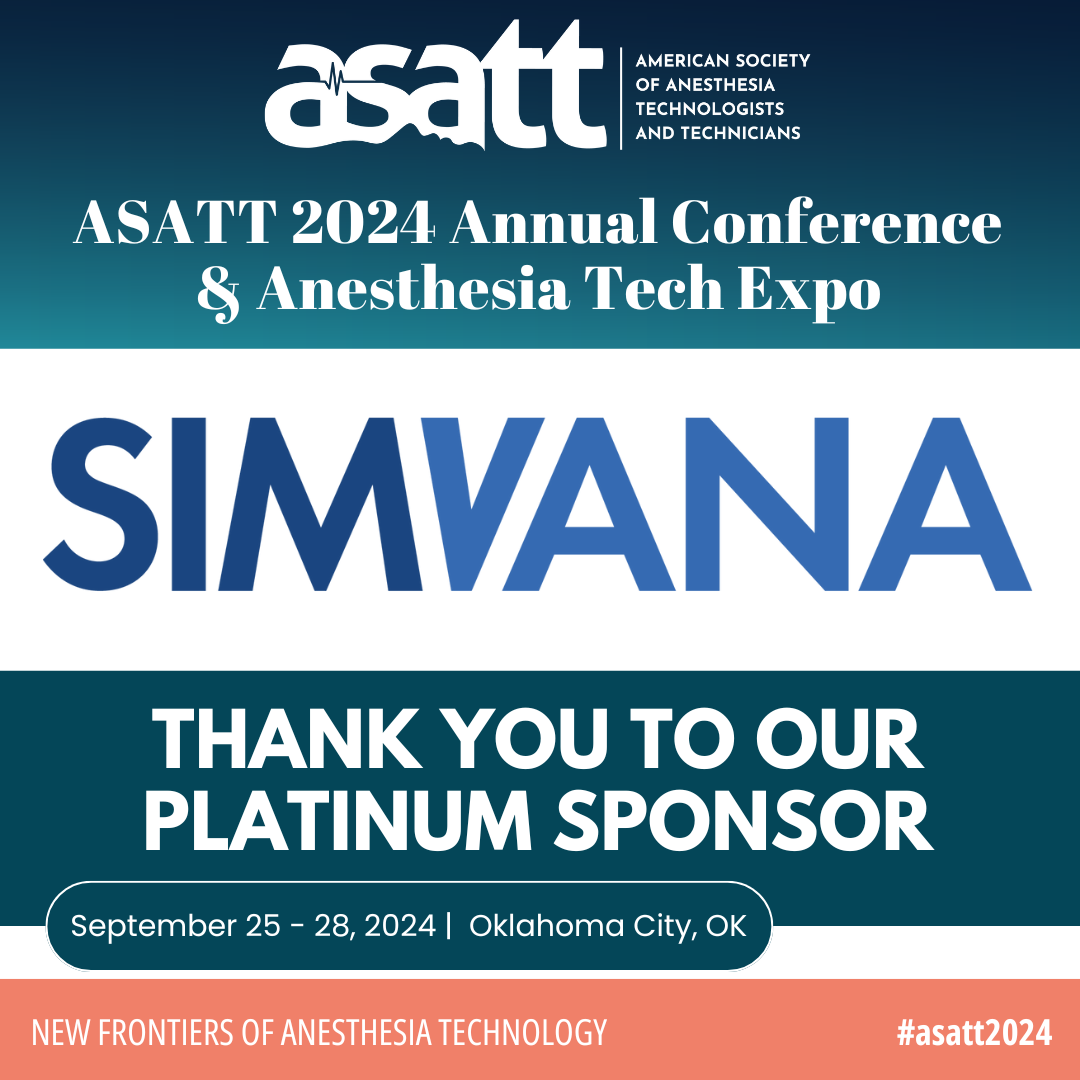- Home
- About Us
- What We Do
- Regions
- Membership
- Cer.A.T./Cer.A.T.T.
- ASATT Academy
- Events
- Member Center
2025 Recertification Open Now!
If your Cer.A.T/Cer.A.T.T. certification expires on 12/31/25, now is the time to recertify! Our easy online application is ready for you.All CEUs must be earned before your certification expiration date. Click here to carefully read the instructions and submit your application online before the deadline. Reminder! ACLS Certification Required For Cer.A.T.T. HoldersThe requirement to maintain Advanced Cardiovascular Life Support (ACLS/ALS) certification is outlined in ASATT’s Scope of Practice (SOP), & must be accredited by the American Heart Association or the American Red Cross. Click here to read more. The Benefits of MembershipAs an ASATT member, you enjoy a wide range of valuable benefits and discounts!
Join TodayAnnouncing the 2025 Winter Issue of the Sensor!
Not yet a Member? Become one today and receive your copy of the The Sensor magazine every quarter. ASATT Sensor AdvertisingPromote your brand in our quarterly magazine! The ASATT Sensor features coverage on the latest topics in anesthesia technology, member and affiliate organization news, ASATT Academy news, and so much more. Get started today! Press Release: ASATT Affirms Commitment to Ethical Standards and Zero Tolerance for Fraudulent ActivityASATT is committed to upholding the highest ethical and professional standards within the anesthesia technology profession. ASATT actively monitors and investigates any suspected fraudulent activity related to its certification programs, including the Certified Anesthesia Technologist (Cer.A.T.T.) and Certified Anesthesia Technician (Cer.A.T.) credentials. Read more from ASATT's Executive Director, Jennifer Rzepka, CAE. The American Society of Anesthesia Technologists and Technicians (ASATT) is an international society accountable for maintaining and raising allied health professional standards for anesthesia technology education, patient care and professional competence for anesthesia technologists and technicians. ASATT’s organizational mission is to positively affect healthcare and educational standards for the field of anesthesia technology, and as a result, raise the quality of patient care by providing a safe and positive anesthetic environment. What do we do?As a growing allied health profession, the Anesthesia Technology profession specifically focuses on fundamental and advanced clinical procedures, which assist the anesthesia provider in the safe and efficient care of patients receiving anesthesia. Working under the direction of the anesthesia provider, anesthesia technologists and technicians are vital members of the anesthesia care team. They are proficient in the acquisition, preparation, and application of various types of equipment required for the delivery of anesthesia care. Technologists and technicians are trained to anticipate the needs of the patient and the provider, according to the surgical requirements, procedure or circumstance. Who benefits?ASATT is recognized as the organization responsible for maintaining and raising standards for technologist education, patient care and high level competence for both technologists and technicians. To this end, the society has established and administers its nationally-recognized certification program and the ASATT National Certification Examination. Designed to advance a national standard of excellence in requisite knowledge in the field of anesthesia technology, qualified allied health personnel, anesthesiology providers, and most importantly, patients, all benefit from ASATT. |







